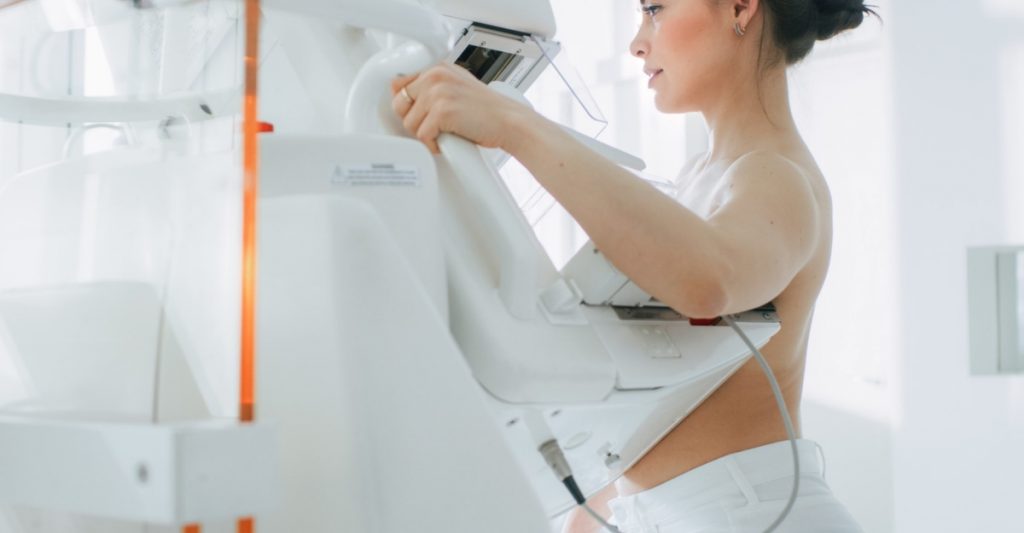Thinking of “breast cancer” is scary. In fact, breast cancer is one of the common types of cancer in women across the world. Thankfully, it is possible to detect and treat breast cancer early with monthly examinations at home, screening mammograms, and other tests. If you are a woman over the age of 45, your doctor may recommend a screening mammogram as a part of your precautionary healthcare measures. If you are visiting a mammography screening clinic in Meridian, you may have questions in mind. Here are the answers to some frequently asked questions about mammograms.
How is a Mammogram Done?
A mammogram is an X-ray of the breast. You will be asked to remove your clothes and wear a gown given to you by the staff members. You will then stand in front of an X-ray machine, and each breast will be placed on a platform to take the X-ray images. Both breasts will be compressed against the plate to get clear images of the tissues.
Does a Mammogram Hurt?
Most people, especially women, complain of some discomfort during a mammogram, but there is typically no pain. The discomfort is because the breasts are compressed against the plate, but this shouldn’t last for more than 20 seconds. There is no downtime involved.
Are there Different Types of Mammograms?
Yes. Mammograms are classified into screening and diagnostic mammograms. A diagnostic mammogram is more extensive, as X-ray images of the breasts are taken from multiple angles. A screening mammogram usually screens the breasts from two angles. There is also the choice of a 3D mammogram, which offers a clearer image of the breast tissues. Not all screening centers have the option of 3D mammograms, but you can always ask.
What if the Mammogram Report is not Normal?
Just because there is something unusual in your mammogram, it doesn’t mean you have breast cancer. However, your doctor may recommend additional screening tests for a diagnosis. Such screening tests include biopsy, where a small amount of breast tissues is removed and checked for cancer cells. If your doctor suspects lumps, they may recommend an ultrasound. In most cases, doctors ask for a diagnostic mammogram, which helps in checking the problem areas.
If you are in your prime, you may want to schedule the mammogram a week after your last period. Your breasts won’t be as tender, and therefore, you don’t have to experience as much discomfort. Also, always select a reliable screening center for your first mammogram.

